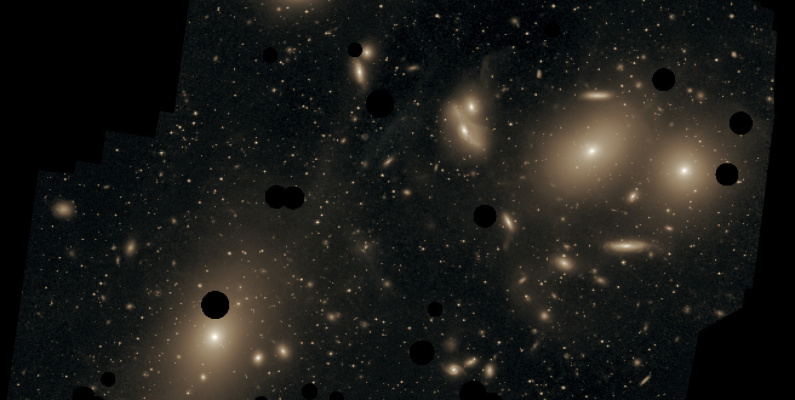
Welcome to the Sky Guide, your monthly guide to what's happening in the heavens!
Check out the printable version here: Sky-Guide-June-2020.pdf.
|
MOON MARAMA PHASES: |
SUN RĀ RISE / SUNSET |
|||
|
Phase First Quarter Full Moon Third Quarter New Moon
|
Date Saturday, 6 June Saturday 13 June Sunday 21 June Sunday 28 June
|
Monday, 1 June Monday, 15 June Tuesday, 30 June |
Rise 8.09am 8.18am 8.20am
|
Set 5.02pm 4.58pm 5.02pm |
|
Planets Whetū Ao: |
|
|
|
Jupiter Hine-i-tīweka 1 June after 8.10pm 15 June after 7.10pm 30 June after 6.02pm In Sagittarius |
Saturn Pareārau 1 June after 8.36pm 15 June after 7.38pm 30 June after 6.34pm In Capricornus |
Mars Matawhero 1 June after 12.17am 15 June after 12.10am 30 June after 11.59pm In Aquarius |
|
|
|
JUNE (PIPIRI) HIGHLIGHTS
This year, the winter solstice, or the day that marks the middle of winter, is on Sunday 21 June. The winter solstice occurs when one of the Earth's poles is at its maximum tilt away from the Sun, at 9.43am. While the solstice itself technically only lasts a moment, it also marks the day with the shortest period of daylight and longest night of the year. At the winter solstice, we have reached the point in the year where the days will begin to get longer, and the nights begin to get shorter.
While we might miss the hours of sunlight during wintertime, the long nights are great for stargazing. Having more hours of darkness means that there is more time for us to see different things rise and set throughout the night, making it easier to see objects such as planets.
Virgo
The constellation Virgo is high in the northern sky this month. Virgo is one of the zodiac constellations, which means that the Sun seems to pass through this constellation from our viewpoint here on Earth. As the second largest constellation in the entire sky, and the largest of the zodiac constellations, the Sun’s journey through Virgo takes 44 days, longer than any other of the zodiacs.
The brightest star in the constellation Virgo is Spica, and this star makes it easy to find Virgo in the night sky. Look into the northern sky for a star with a blue-white tinge; this is Spica, which depicts Virgo’s left hand. The stars around Spica form the constellation Virgo, nestled between fellow zodiacs Libra and Leo.
Due to the presence of a galaxy cluster, called the Virgo Cluster, the constellation Virgo is particularly rich in terms of containing other galaxies, at least 1300 of them! This cluster forms the heart of the larger Virgo Supercluster, a concentration of at least 100 galaxy clusters and groups including the Local Group, which our galaxy, the Milky Way, belongs to.

Virgo as depicted in Urania's Minor by Sidney Hall
Messier 87
The largest and most well-known member of the Virgo Cluster is the elliptical galaxy Messier 87, which is located at the centre of the cluster. Messier 87 is the second brightest galaxy in the Virgo Cluster, and one of the biggest galaxies in the Local Universe.
The shape of Messier 87 is elliptical, so unlike disk-shaped spiral galaxies such as our Milky Way, it doesn’t have distinctive dust lanes. Messier 87 has a large number of globular star clusters, containing an estimated 15 000 compared to the roughly 150 that we have in our own galaxy.
Messier 87 made headlines in April 2019 when the supermassive black hole at the galaxy’s centre was the first to be imaged.
Top image: Virgo cluster - Wikimedia commons
